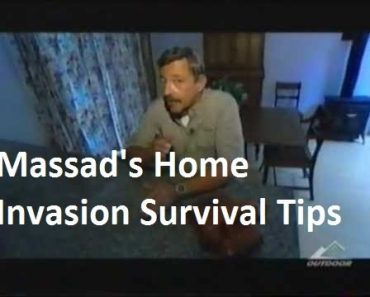This is an older video that I posted on google videos several years ago. Now that google owns YouTube, they made me either delete the video or transfer it to YouTube. Since this video is one of the first three I ever made – I choose to keep it for sentimental reasons. I have […]
Year: 2012
Unloading an AR-15
This Unloading an AR-15 video is an older one that I posted on google videos years before YouTube. Now that google owns YouTube, they made me either delete the video or transfer it to YouTube. Since this video is one of the first three I ever made – I choose to keep it for […]
Handgun Carry Permit Scenario #5 Car Theft
This video is a clip from the old TN handgun permit video, it is being used under the fair use doctrine. This video will show a handgun scenario that a legally armed citizen could face. Please watch it and then think about what you would do in this situation. An armed citizen generally has an extremely […]
Ayoob on Home Invasions
https://www.youtube.com/watch?v=JGe_G3HDKFQ I don’t know how many times I have said that I keep guns for the protection of my family. While I enjoy the shooting sports, and I respect the Founding Fathers and understand the civil rights issues of gun ownership. I keep guns because I have an deep need to protect my family. […]
Yes, You Do Have to Aim a Shotgun
Besides butchering rabbits on YouTube, I am a killer of sacred cows. One thing I hate is to hear a mall ninja prattle on about how he loves him some shotgun. They love to say that all he has to do is point down the hall and kill anything coming down it. I hate […]





